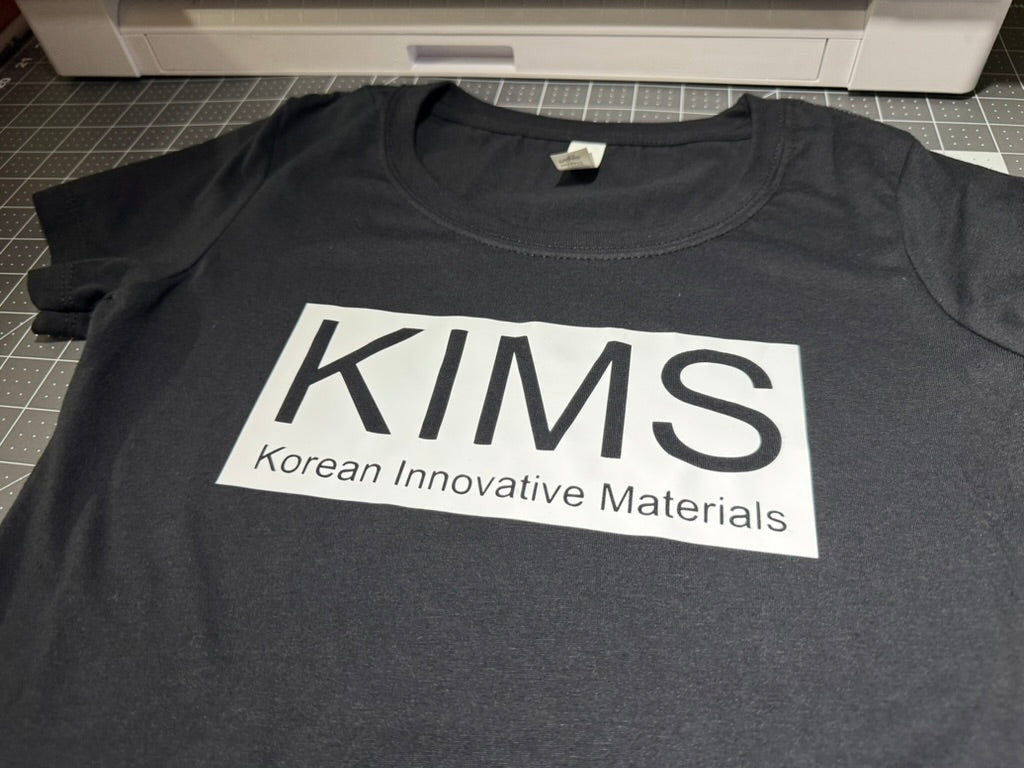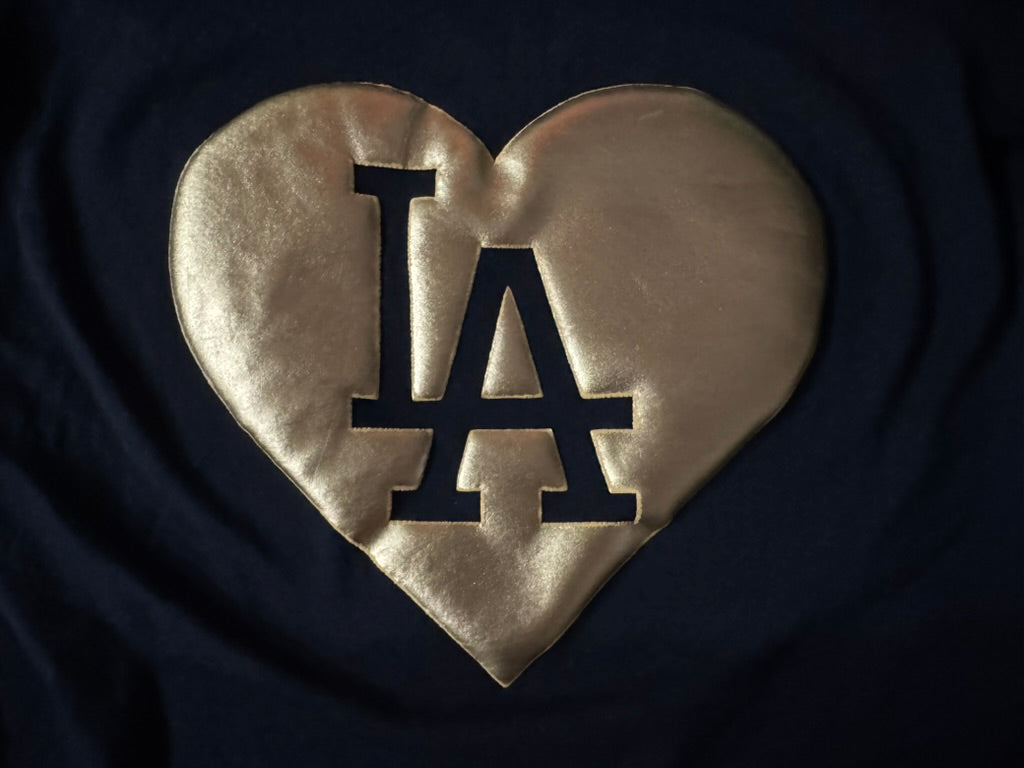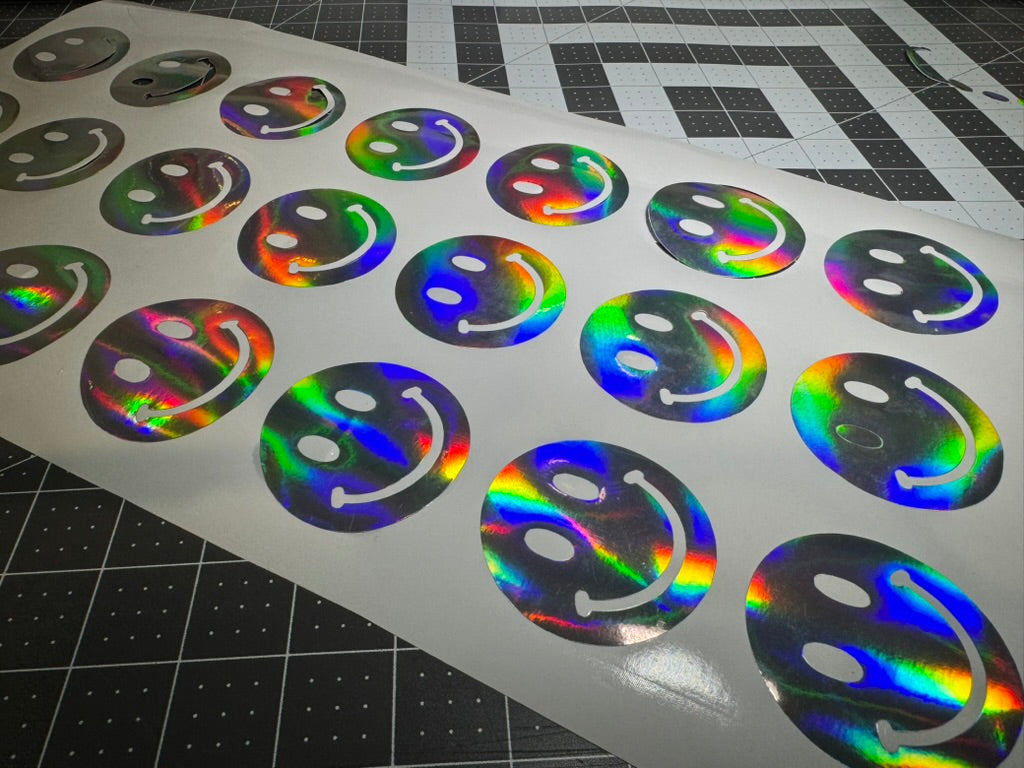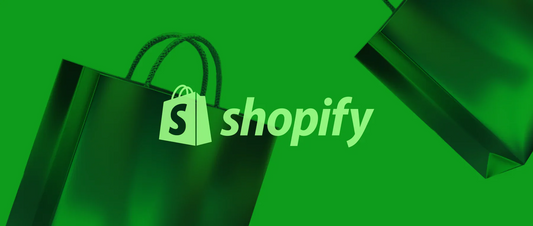Heat transfer vinyl (HTV) is one of the most commonly used materials for creating custom designs on clothing, accessories, and promotional products. It is used in both small craft projects and large-scale commercial production.
As demand grows for customized apparel and branded merchandise, many businesses are exploring wholesale options to reduce material costs and streamline production. Wholesale purchasing offers access to larger quantities of HTV at lower per-unit prices.
This guide explains how wholesale heat transfer vinyl works, what to look for in a supplier, and how bulk purchasing can support consistent output in a commercial environment.
What is Wholesale Heat Transfer Vinyl?
Heat transfer vinyl (HTV) is a material used to transfer designs onto fabrics and other surfaces using heat and pressure. It comes in rolls or sheets with a heat-activated adhesive on one side and a carrier sheet on the other. After cutting a design into the vinyl, the excess material is removed (called weeding), and the design is applied to the final product using a heat press.
Wholesale heat transfer vinyl refers to buying HTV in bulk directly from manufacturers or distributors. Unlike retail purchases made in small quantities, wholesale orders are meant for businesses producing at scale, typically in larger roll sizes or higher unit counts.
The benefits of buying HTV wholesale include:
-
Cost savings: The per-yard price drops significantly when purchasing in volume
-
Material consistency: Getting multiple rolls from the same production batch ensures color matching
-
Expanded options: Access to specialty finishes that might not be available in retail stores
HTV purchased wholesale works well for commercial applications like branded t-shirts, uniforms, team apparel, promotional products, and custom accessories where consistent quality matters.
Key Types of HTV Available for Wholesale Purchase
Standard Heat Transfer Vinyl
Standard HTV is the workhorse of the custom apparel industry. Made from polyurethane (PU), it comes in thicknesses between 80-120 microns. This vinyl cuts cleanly, weeds easily, and adheres well to cotton, polyester, and cotton-poly blends.
Colors include both basics (black, white, red, blue) and fashion colors, with matte and semi-gloss finishes being most common. Wholesale pricing typically ranges from $2.50-$4.00 per yard, with volume discounts available for larger orders.
Most manufacturers offer this vinyl in 15", 20", and 24" widths, with 15" being the most popular for craft cutters and 20" for commercial equipment.
Glitter and Metallic Vinyl
Glitter HTV contains embedded glitter flakes that create a sparkly effect, while metallic vinyl has a smooth, reflective surface similar to foil. Both options add visual interest to designs and command higher prices in finished products.
These materials are thicker (130+ microns) and require specific cutting settings to avoid damaging blades. They work best for fashion items, spirit wear, and decorative applications where a premium look is desired.
Wholesale pricing ranges from $4.00-$6.50 per yard depending on quality and volume. Minimum order quantities tend to be higher for these specialty materials.
Reflective and Performance Materials
Reflective HTV contains glass beads or microprisms that reflect light, making it ideal for safety apparel and athletic wear. These materials meet visibility standards for workwear and outdoor activities.
Performance HTV includes options specifically designed for stretchy fabrics, moisture-wicking materials, and nylon. These specialized vinyls feature enhanced adhesives and flexibility to maintain durability during wear and washing.
Wholesale pricing for reflective and performance materials ranges from $6.00-$9.00 per yard. Many suppliers provide certification documentation for safety-rated materials.
Printable HTV and Specialty Finishes
Printable HTV allows designs to be printed using inkjet or laser printers before being cut and applied. This option works well for full-color logos or photographic images that can't be created with solid-color vinyl.
Other specialty finishes include:
-
3D puff vinyl that expands when heated
-
Flock vinyl with a soft, velvet-like texture
-
Holographic vinyl with rainbow-shifting effects
-
Glow-in-the-dark vinyl for novelty applications
These materials typically cost more but allow businesses to offer unique products that stand out in the marketplace.
How to Evaluate Quality When Purchasing Wholesale HTV
Material Thickness and Consistency
Quality heat transfer vinyl maintains consistent thickness throughout the roll. Variations can cause cutting problems and affect how the material adheres to fabrics.
To test thickness consistency:
-
Measure samples from different sections of a roll using a digital caliper
-
Look for variations greater than 10 microns, which may indicate manufacturing issues
-
Check how the material stretches when pulled gently – uneven stretching suggests inconsistency
High-quality vinyl feels smooth and uniform when handled. Bumps, bubbles, or thickness variations indicate potential manufacturing defects that could cause problems during production.
Cutting and Weeding Performance
The true test of HTV quality comes during cutting and weeding. Premium materials cut cleanly with minimal fraying and weed easily without tearing.
When testing new wholesale vinyl:
-
Cut a detailed design with small elements and tight corners
-
Time how long it takes to weed completely
-
Check if small pieces stay attached to the carrier sheet
-
Look for clean edges without jagged lines
Materials that cut and weed easily save significant labor time in production environments. This efficiency often justifies paying more for higher-quality vinyl.
Wash and Wear Durability
Commercial-grade HTV should withstand multiple wash cycles without peeling, cracking, or fading. Most reputable suppliers test their materials according to industry standards.
Look for vinyl rated for at least 50 wash cycles for standard applications. Performance materials used for athletic wear should maintain flexibility and adhesion through repeated stretching and washing.
Ask suppliers for wash test results or conduct your own by applying test pieces to fabric, washing according to care instructions, and inspecting after multiple cycles.
Wholesale HTV Pricing Structure and Volume Discounts
Wholesale pricing for heat transfer vinyl follows a tiered structure based on order volume. Understanding these tiers helps businesses plan purchases effectively.
Small wholesale orders (5-10 rolls) typically receive a 5-10% discount off retail pricing. These entry-level wholesale purchases work well for businesses just scaling up from retail buying.
Medium wholesale orders (11-50 rolls) usually qualify for 10-20% discounts. At this level, businesses often gain access to dedicated customer service and priority restocking.
Large wholesale orders (51+ rolls) can receive discounts of 20-30% or more. These orders may qualify for free shipping, extended payment terms, or other perks.
Contract pricing offers the deepest discounts for businesses with consistent, high-volume needs. These arrangements typically involve committed purchasing volumes over a specific time period.
Factors affecting pricing include:
-
Material type and finish
-
Roll width and length
-
Order frequency and history
-
Shipping location and method
-
Seasonal demand fluctuations
Most suppliers allow negotiation on larger orders. Businesses can often secure better rates by committing to regular purchases or bundling different product types.
Managing Inventory and Supply Chain for HTV Materials
Effective inventory management prevents both stockouts and excess inventory. For wholesale HTV, this means tracking usage, monitoring stock levels, and ordering at the right time.
A basic inventory system tracks:
-
Current stock levels by material type and color
-
Usage rates based on production history
-
Supplier lead times for reordering
-
Minimum stock thresholds that trigger reordering
Reorder points should account for both regular usage and supplier lead times. For example, if a business uses 10 yards of black vinyl daily and the supplier takes 5 days to deliver, the reorder point would be 50 yards plus a safety margin.
Storage conditions significantly affect vinyl quality. Heat transfer vinyl should be stored:
-
In a clean, dry environment
-
Away from direct sunlight and heat sources
-
At temperatures between 65-75°F (18-24°C)
-
With rolls either standing vertically or supported horizontally
-
With protective wrapping to prevent dust accumulation
Most heat transfer vinyl has a shelf life of 12-24 months when stored properly. Using a first-in, first-out (FIFO) system ensures older inventory gets used before newer stock.
Comparing HTV and DTF for Commercial Production
Heat transfer vinyl (HTV) and direct-to-film (DTF) transfers represent two different approaches to custom apparel decoration. Each has distinct advantages for different applications.
Cost Considerations
HTV requires a vinyl cutter and heat press, with startup costs between $500-$3,000 for basic equipment. DTF needs a specialized printer, powder shaker, curing oven, and heat press, with initial investments starting around $3,000 and reaching $20,000+ for commercial systems.
Per-unit costs for HTV range from $0.50-$2.00 depending on design complexity and vinyl type. DTF transfers typically cost $1.00-$3.00 per design based on size and color coverage.
Labor requirements differ significantly between methods:
-
HTV requires design preparation, cutting, weeding, and heat pressing
-
DTF involves printing, powder application, curing, and heat pressing
For simple, one-color designs, HTV often proves more cost-effective. For complex, multi-color designs, DTF can save significant labor time despite higher material costs.
Design Capabilities
HTV works best for:
-
Single-color designs
-
Text and logos with clean lines
-
Layered designs (up to 3-4 layers maximum)
-
Specialty finishes like glitter, metallic, and reflective
DTF excels with:
-
Full-color photographic images
-
Gradients and color blends
-
Fine details and small text
-
Designs that would require many vinyl layers
DTF produces a slightly raised print with a soft hand feel. HTV results vary based on the material thickness, with specialty finishes creating more noticeable texture on the garment.
Durability Comparison
Both decoration methods can produce durable results when applied correctly. HTV typically lasts through 40-50 wash cycles before showing signs of wear. DTF transfers generally maintain their appearance through a similar number of washes.
Factors affecting durability include:
-
Application temperature and pressure
-
Fabric type and content
-
Washing and drying methods
-
Exposure to harsh chemicals or abrasives
For businesses offering both decoration methods, HTV often works better for simple branding and text, while DTF handles complex, colorful designs more efficiently.
Transform Your Business with Premium Wholesale Vinyl
Using high-quality wholesale heat transfer vinyl helps businesses maintain consistency across production runs. Materials with reliable adhesive, uniform thickness, and tested durability reduce rework and minimize waste.
Material selection directly affects the final product's appearance and performance. Premium vinyl adheres more evenly, resists cracking after washing, and supports detailed designs with smoother weeding. Specialty finishes expand design possibilities and align with specific customer preferences.
Working with reliable suppliers reduces inventory concerns and helps avoid production delays. Suppliers with transparent pricing, stable lead times, and technical support enable more accurate planning and cost control.
KIMS Direct offers wholesale vinyl options engineered for professional applications, including specialty materials with consistent availability. Their collection is available at kimsdirect.com/collections/all.
FAQs About Wholesale Heat Transfer Vinyl
What is the minimum order quantity for wholesale heat transfer vinyl?
Minimum order quantities typically range from 5-25 yards per color or material type, with standard vinyl having lower minimums than specialty finishes like glitter or reflective.
How do wholesale heat transfer vinyl prices compare to retail purchases?
Wholesale pricing typically saves 20-40% compared to retail prices, with larger orders qualifying for deeper discounts through tiered pricing structures.
What is the shelf life of wholesale heat transfer vinyl when properly stored?
Most heat transfer vinyl remains usable for 12-24 months when stored in a cool, dry place away from direct sunlight, with consistent temperature and sealed packaging preserving adhesive performance.
How can businesses test wholesale heat transfer vinyl quality before large orders?
Many suppliers offer sample packs or small test rolls that allow businesses to evaluate cutting, weeding, pressing, and wash durability before committing to larger purchases.
Which heat transfer vinyl types offer the best profit margins for custom apparel businesses?
Specialty HTV types like glitter, holographic, reflective, and puff vinyl typically command higher prices and better profit margins due to their premium appearance and perceived value.







